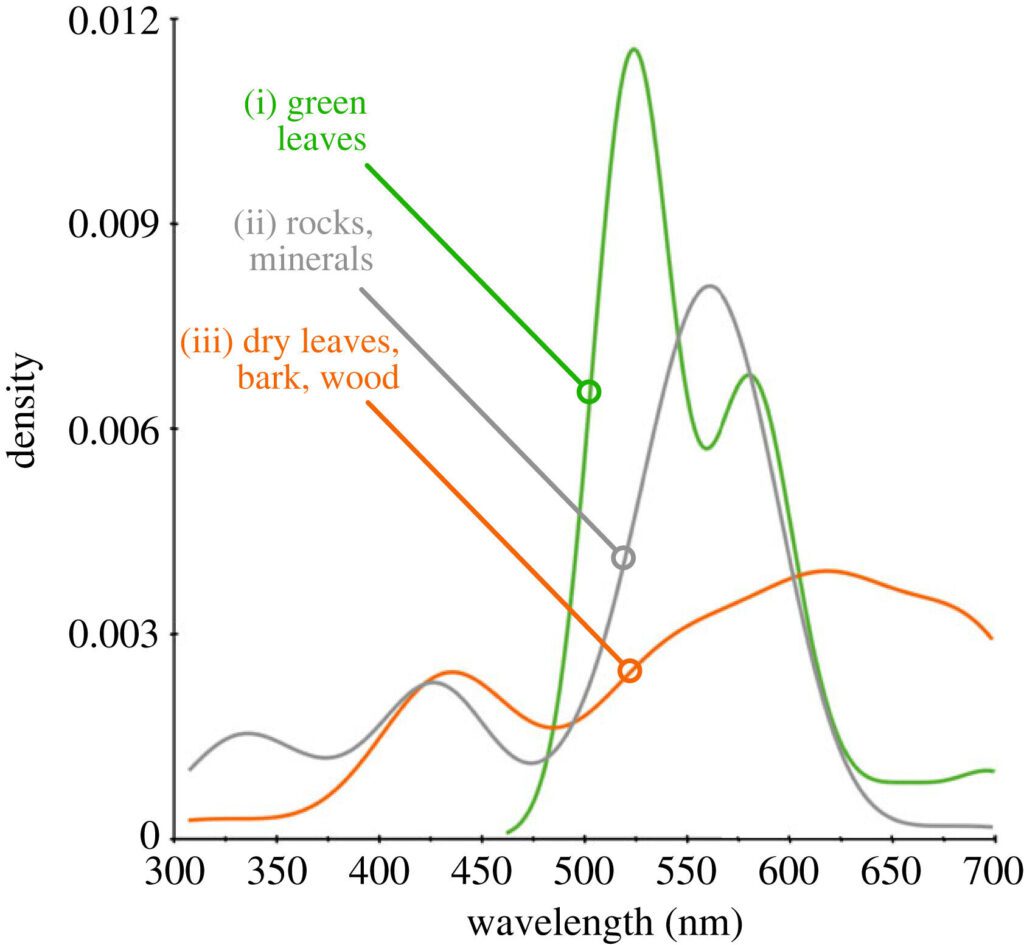TL;DR:
- Monash University’s research employs computer simulations to unveil the ancient connection between bees and flower color evolution.
- Findings indicate that early flowers evolved vivid colors to stand out from their dull surroundings, attracting ancient pollinators.
- Bees’ visual perception remains akin to their ancestors, with ultraviolet, blue, and green photoreceptors.
- Implications include insights into contemporary pollination practices and potential for smart agriculture.
- This research illuminates the intricate relationship between nature’s elements, aiding agricultural advancements.
Main AI News:
In a groundbreaking study led by experts from Monash University, the intricate relationship between bees and the development of floral colors in flowers has been unveiled through advanced computer simulations. This research, prominently featured in the Proceedings of the Royal Society B, meticulously reconstructed the landscapes inhabited by the first flowering plants tens of millions of years ago, shedding light on how these vibrant blooms captivated pollinators, including bees and birds.
Associate Professor Alan Dorin, the Director of the NativeBee+Tech Facility within the Faculty of Information Technology, and the lead author of this research, expounded on the profound connection between the evolution of bees and the emergence of colorful flowers. He emphasized that insects like bees had already evolved their visual perception long before the appearance of the first flowers. This adaptation was crucial for them to navigate amidst the drab surroundings of rocks, leaves, sticks, and bark.
Dorin’s findings conclusively demonstrate that the early flowers developed their resplendent colors as an evolutionary response to distinguish themselves from the lackluster backdrop. “Our results unequivocally confirm that the first flowers evolved more dazzling colors to distinguish themselves from their dull backgrounds so they could attract ancient pollinators,” Dorin declared.
To ascertain whether bees of today perceive their environment in a manner akin to their ancestors, the researchers conducted experiments comparing bees’ color perception with simulated prehistoric landscapes. Elaborating on the methodology, Dorin explained, “Given that Australia is a geologically ancient continent, we used color spectrum measurements from the Australian bushland, from Cairns right down to the southern tip of Victoria, to simulate landscapes from when the first flowers evolved during the Mesozoic era, between 252 million and 66 million years ago.”
Associate Professor Adrian Dyer, a vision scientist and co-author of the study hailing from the Department of Physiology at Monash’s Faculty of Medicine, Nursing, and Health Sciences, highlighted the significance of these findings. He emphasized that this research marks the first instance where a definitive link has been established, revealing how the visual perception of ancient pollinators and their modern counterparts, the bees, played a pivotal role in shaping the evolution of flower colors.
“We can now discern that, akin to their ancestors, contemporary bees possess ultraviolet (UV), blue, and green photoreceptors. This revelation elucidates why some modern flowers frequently display common colors like yellow in their petals, as a response to what can be easily perceived by bees,” Dyer articulated.
The implications of this research extend far beyond the realm of evolutionary biology. These findings will undoubtedly inform contemporary practices in pollination, influencing the ways in which plant species are propagated in our modern world. Moreover, they hold the potential to revolutionize the field of smart agriculture, offering invaluable insights for achieving more efficient crop pollination. This research paves the way for a deeper understanding of the intricate web of relationships between nature’s elements, ultimately enhancing our ability to harness them for the benefit of agriculture and beyond.

Source: Phys.org
Conclusion:
The revelation of the profound link between ancient pollinators and flower color evolution presents opportunities for the agricultural market. Understanding how flowers adapted to attract pollinators can lead to more efficient crop pollination practices, ultimately benefiting the agricultural industry. This research underscores the importance of harnessing nature’s wisdom for sustainable agricultural growth.

